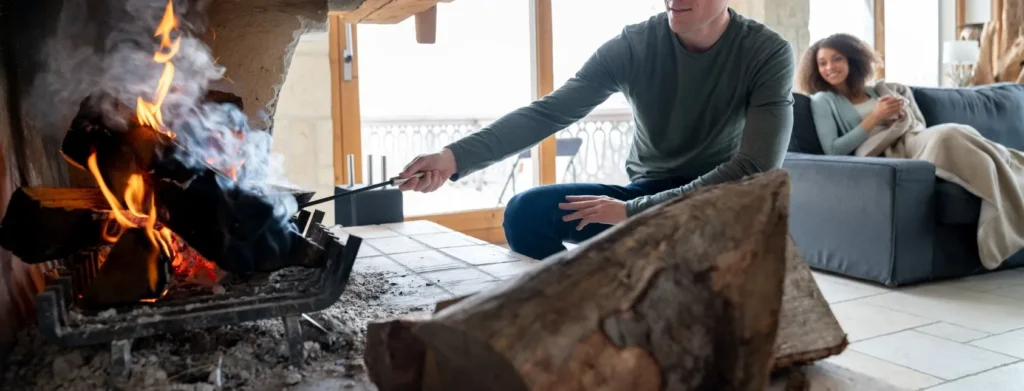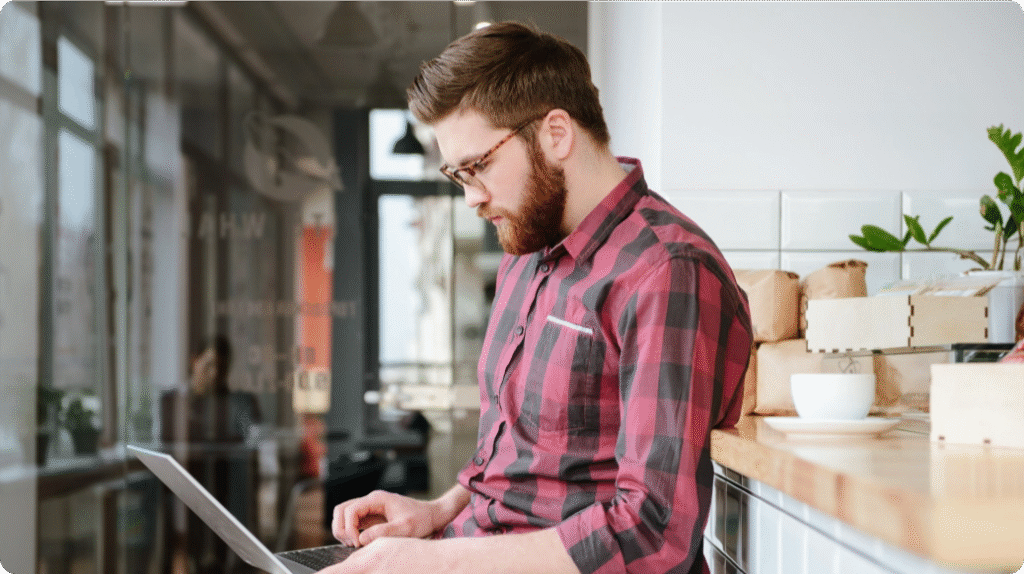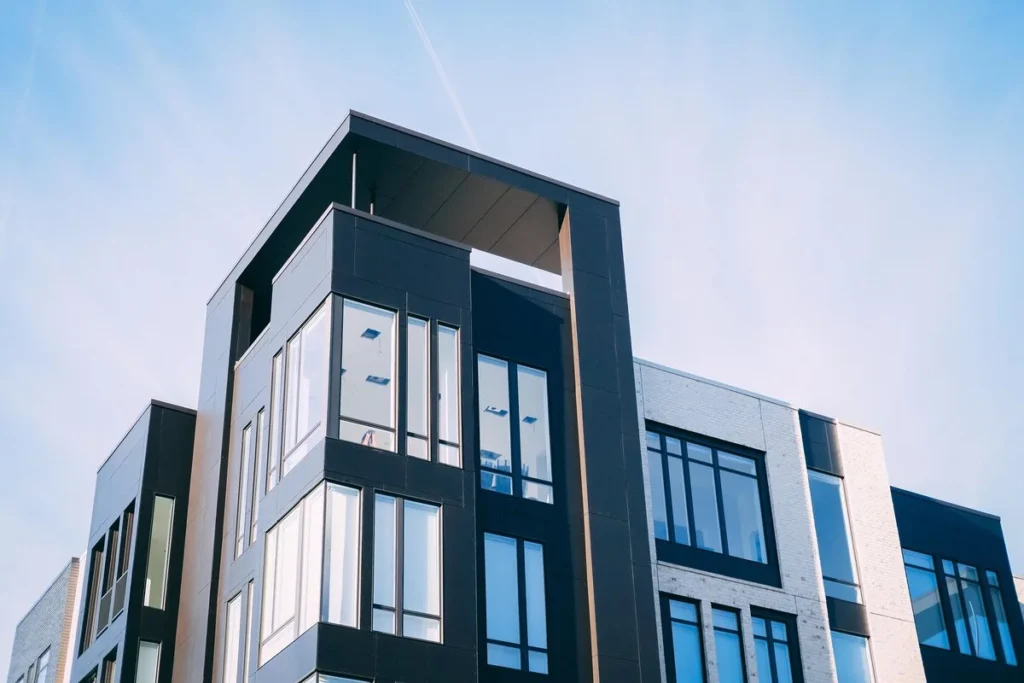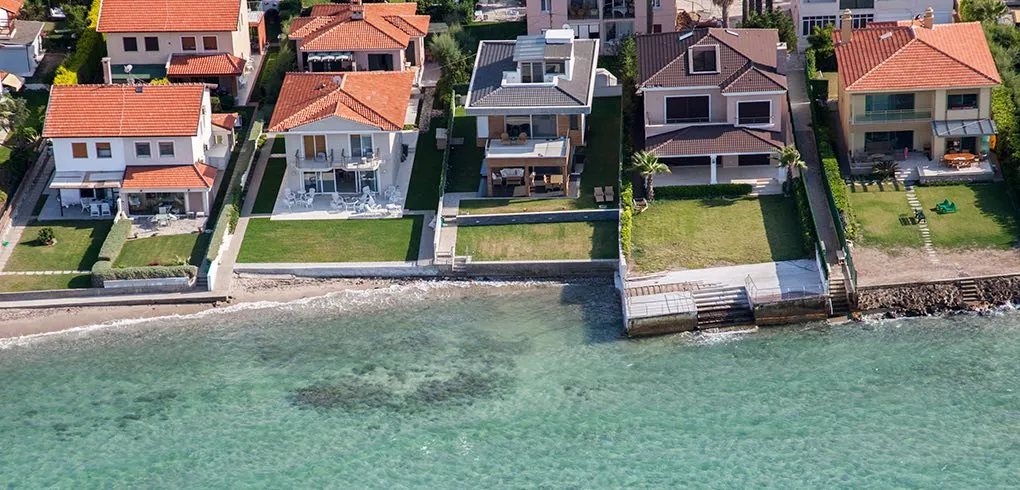
Second Home Mortgage Guide
Start your journey towards owning a second property here. In this guide, you’ll find helpful information on the different lending options available and how they work, as well as answers to your questions about mortgage requirements, deposits and more.
Contents
Are You Thinking of Buying a Second Home?

If yes, then you’ll probably need a mortgage on that property. Second property mortgages aren’t generally that different from mortgages on main residences, but what’s available to you will depend on a few factors.
There are many reasons to purchase a second property. Maybe you want to help a relative onto the property ladder, or maybe you crave a much-needed holiday home for you and your family to enjoy. Or, perhaps you want to boost your family’s income with a buy-to-let property. Whatever your motive, you need to make sure that buying a second property is something you really can afford.
Chances are, unless you have the cash savings to buy a second home outright, then you’ll need a mortgage either on your current property or the property you want to purchase. The type of mortgage you’ll need will depend on what kind of property you’re buying and what you intend to use it for. That’s why we’ve designed a guide which explains your options.
What Is a Second Property Mortgage?
A second property mortgage isn’t a specific product. Instead, to buy a second home you’ll need to take out a second residential mortgage on that property. It’s a little different if you want to buy a second property as a buy-to-let investment.
Let’s look at a couple of common scenarios.
Mortgages for second homes or holiday homes
If you wish to buy a holiday home to enjoy with your family and have no plans to rent it out regularly, you should be able to take out a straightforward, residential mortgage on the second property. The new lender will want to make sure you can afford both your current mortgage repayments as well as those on a new mortgage. Therefore, you’ll probably need a larger deposit – often a minimum of 15% of the property’s value – and you might encounter slightly higher interest rates and fees than on your current residential mortgage, but that’s not always the case. You also have to pay additional Stamp Duty on Second Homes.
Alternatively, those planning to regularly let out a holiday home when it would be otherwise unoccupied need to apply for a specific, holiday home mortgage. Certain building societies and lenders will underwrite these mortgages on a case-by-case basis. If you want to let out your property as an Airbnb you need explicit permission from your lender.
Mortgages for buy-to-let properties
If you plan from the outset to use your second property as a buy-to-let investment, then you should apply for a buy-to-let mortgage, not a second residential one. The rates are usually higher and you’ll have to put down at least a 20% deposit, but they can be interest-only rather than repayment and are specifically designed for this purpose.
Alternatively, if you buy a second home to move into and struggle to sell your previous property, you might want to consider converting your existing residential mortgage on the previous property to a consumer buy-to-let mortgage, also sometimes referred to as a let to buy mortgage. Let to buy mortgages are regulated as standard residential mortgages by the FCA and offer consumer protections to“accidental landlords”who rent out their homes from necessity and not as an income stream.
It’d be prudent to bear in mind that these buy-to-let mortgages aren’t the same as standard residential ones. They often require higher initial deposits and charge higher interest rates, so you’ll need to take this into consideration when deciding if it’s a financially viable option for you.
How to Buy a Second Home as an Investment
Are you looking to purchase a second property purely as an investment opportunity? We already know that you need a buy-to-let mortgage for buy-to-let investments. But what about if you have other investment ideas? Maybe you want to improve or renovate a home then sell it on quickly for a profit. In this situation, you have 2 options.
Bridging loan
Bridging loans are useful because you can secure them against property or land that’s unsuitable for a secured loan or mortgage.
Let’s say you buy a property that’s not currently mortgageable because it doesn’t have a necessary facility, like a bathroom. You could take out a bridging loan and secure it against this unmortgageable property to cover the cost of installing a bathroom, thereby making the property mortgageable whilst also boosting its value. You could then sell it for a profit.
A bridging loan can cover the cost of a single, specific project on a home, or a huge renovation. Bridging loans are a form of short term lending where the monthly payments are often rolled up onto the outstanding balance and are based on how you intend to repay the balance, as opposed to a normal credit score and income assessment. They’re ideal for renovation projects that will take less than a year to complete.
Development loan
If you intend to buy a second property, and want to totally renovate it before selling it for a profit, then a development loan may suit you.
Development loans are for people who plan on undertaking big property improvement projects. You present your plan to the lender. If the lender agrees, they release money at different stages of the renovation process.
Development loans can often be up to 18 months as they’re for bigger projects that take a bit more time to complete. They have relatively high interest rates because you’re essentially asking the lender to loan you money based on your ability to successfully renovate a property, not a property that already exists. You’ll also need to provide 30% – 40% of the renovation costs yourself.
How Much Can I Borrow When Buying a Second Home?
Unless you have large cash reserves, chances are you’ll need a second home mortgage if you want to purchase a second property. And, as long as you can afford to repay both mortgages on a regular basis, you may be able to borrow a decent sum of money for the second home.
Bear in mind that with second mortgages, lenders often consider your finances from a stricter perspective, as it can add a significant financial burden. How much you can borrow will depend on your financial circumstances, such as your income, your dependants, and how much you have left on your first mortgage. You’ll likely need a larger deposit for the second home of at least 15%.
Want to know more?
Fill out this form and we’ll get in touch with you to book a free session with one of our advisers.
"*" indicates required fields

How Many Residential Mortgages Can You Have?
Technically, in the UK, you can have as many residential properties as you like, but lenders are wary of people using residential mortgages to buy properties that they subsequently rent out. Therefore, lenders often only allow a maximum of 2 residential mortgages – one for your main residence and one for a holiday home or a family member to live in.
If you’re asking yourself: “Can I get a second mortgage?” you’ll have to decide which of your properties will be your primary residence and make this clear in your mortgage applications and to HMRC.
You’ll also need to give a good reason as to why you want to take out a mortgage on a second residential property – e.g. divorce, holiday home, etc. Lenders need to make sure they’re lending money for the purpose intended and that you’re not taking out a residential mortgage on a second property with plans to earn rental income from that residence.
Joint Mortgages for Second Homes
Most mortgage products are available to more than one person. Maybe you want a mortgage for both you and the person you plan to share a holiday home with, or maybe a business partner wants to invest in a property with you. Whatever the case, the type of mortgage you need won’t change just because there’s more people involved. Instead, you take out a joint version of whichever mortgage you’re after, e.g. a joint residential mortgage, a joint buy-to-let mortgage, a joint bridging loan, a joint development loan etc.
Most lenders will only offer joint mortgages for second properties to 2 people. However, some lenders will allow up to 4, especially if you’re taking out a mortgage for an investment property. John Charcol can recommend lenders who offer mortgages to multiple people: contact us for more details.
Second Property FAQs
Can I buy a second home at auction?
It’s indeed possible to buy a second home through an auction, either with cash or with a mortgage or another type of loan. It’s a faster process than the regular purchase of a house and can cost a lot less, but there are several things to bear in mind.
For example, the quick process means that you’d only have a limited number of days to finalise a purchase. Some lenders may not be willing or able to act within restricted timeframes. A bridging loan as described earlier may then be the answer as they’re for a shorter term.
If you’re looking to buy a second residence through an auction, our specialists can advise you, according to your specific circumstances. Contact us here.
Can I get a mortgage for a second home?
Ultimately, anyone is eligible to apply for a mortgage for a second home, provided they can afford the monthly repayments, meet the minimum deposit, and have a decent track record with good credit. However, some lenders will have tighter restrictions on whom they give second property mortgages to.
Our team can put you in touch with specialist mortgage lenders who have experience with situations just like yours. Call us on 023 8235 2300 to speak with an adviser today.
What are the mortgage requirements for buying a second home?
Mortgages for second homes don’t have the same qualifying requirements as regular residential mortgages because they come with greater financial risk for the lender. When you apply for such a mortgage, prospective lenders weigh up how much you already pay towards your existing mortgage to make sure you can afford another one. Second home mortgage rates can sometimes be higher and most lenders require a deposit of at least 15% of the property value.
How much deposit do I need to put down for a second home?
Generally, most lenders need a 15% mortgage deposit for a second property. Nonetheless, if you have a larger deposit, you’ll not only find it easier to take out a mortgage, as you’ll have more to choose from, but you’ll also have access to better rates and possibly be able to take out an interest-only second mortgage.
Can I get a second mortgage if I'm older?
There’s no official age limit for obtaining a second mortgage. However, some mortgage lenders set their own age limits.
Even if you’re below the maximum age for a mortgage, a lender could use how old you are to determine your mortgage duration – e.g. if you’re 65 and want a mortgage, you may have to repay it within 10 years rather than 30 – 35 years. This may not be a problem if the mortgage is interest-only, but if it’s a repayment, a short term will significantly increase the monthly cost.
Can I remortgage to buy a second property?
Remortgaging your current property to raise the funds to buy a second property can be a smart move if you have enough equity in your first home. Bear in mind that lenders will still want to make sure you can handle the higher remortgage payments on your income.
It’s important to note that if you miss any mortgage repayments on your main residence then that property could be repossessed.
What about Stamp Duty on second homes?
If you’re thinking of buying a second home in England or Wales, either as an investment or as a holiday home, you’ll be required to pay both standard Stamp Duty and an additional 3%. This is because you’ll be buying a second residential property and these come with a Stamp Duty surcharge.
However, you can apply for a Stamp Duty refund if your second home ends up becoming your primary residence and you sell or give away your first property within 3 years of buying your second home.
We explain in more detail in our guide: Stamp Duty on Second Homes.
What about other tax implications on second homes?
A second home is an asset. And if you eventually want to sell that asset, you might be required to pay Capital Gains Tax on the profits you make from that sale. You may be able to reduce how much Capital Gains Tax you pay if you lived in that property at some point, via Private Residence Relief. We explain how it works in our guide: Capital Gains Tax UK Property.
If you switch the property to a buy-to-let mortgage or get permission from the lender to rent out the second residence, you’ll be required to declare any rental income from that property on your tax return. If you have a mortgage on that property, you may be able to receive a 20% tax credit on your mortgage interest.
In addition, your second property will be a consideration for Inheritance Tax purposes. Its value is included in your estate.
Get in touch with our experts
Book an appointment with an adviser today and we’ll help you work out which mortgage deal is best for you and your requirements.
Read More Mortgage Guides
See also
Budget speculation
FCA Section 165 Information Request Should Include Estate Agents
Should a Down Valuation Be Seen as a Negative or a Reflection of the Current Market Value?
April Mortgages’ 100% Fixed Rates
The FPC’s 15% Flow Limit is Past its Sell-by Date
What Is Buy Now Pay Later and What Does It Mean for My Mortgage Applications?
Trump Tariff Madness
FCA Blue Sky Thinking on Pensions & Mortgage Deposits

